Planet No. 4
Mars, named after the roman god of war – aka the red planet is the fourth planet in our Solar System after Earth in third. Its other neighbour is Jupiter and separating them is the Asteroid belt – a region occupied by millions of asteroids orbiting the Sun. It’s like a border separating the inner 4 planets from the outer 4.
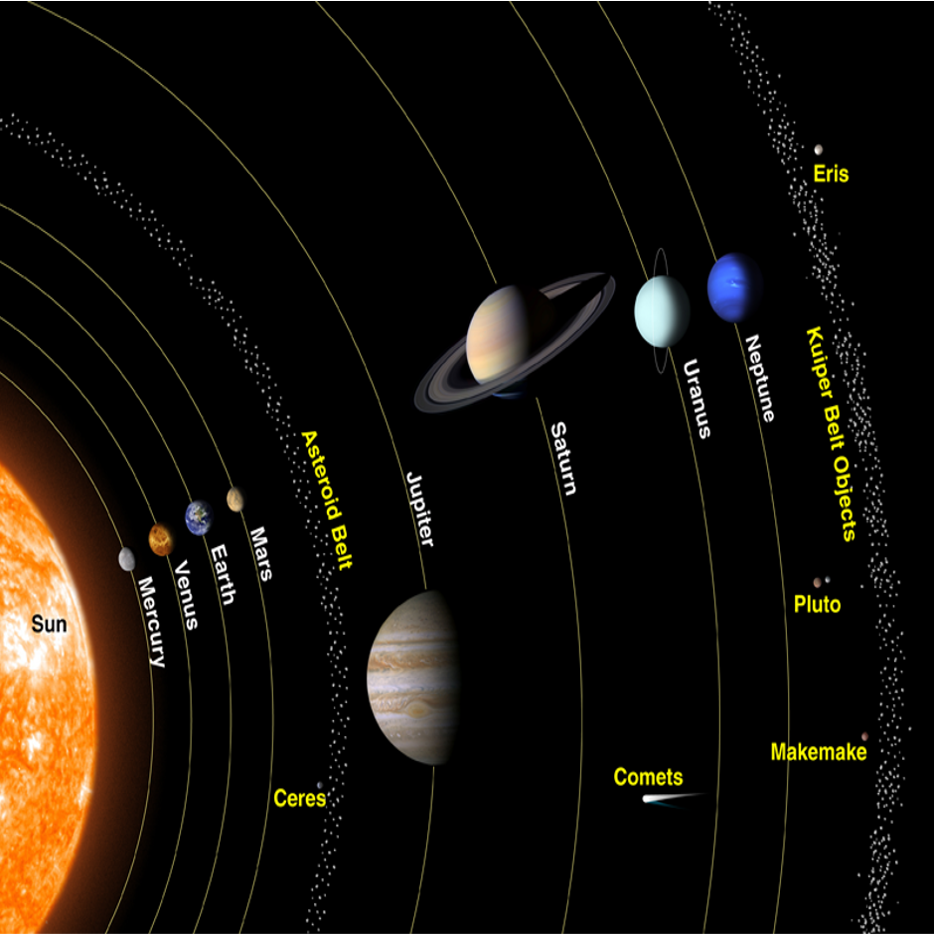
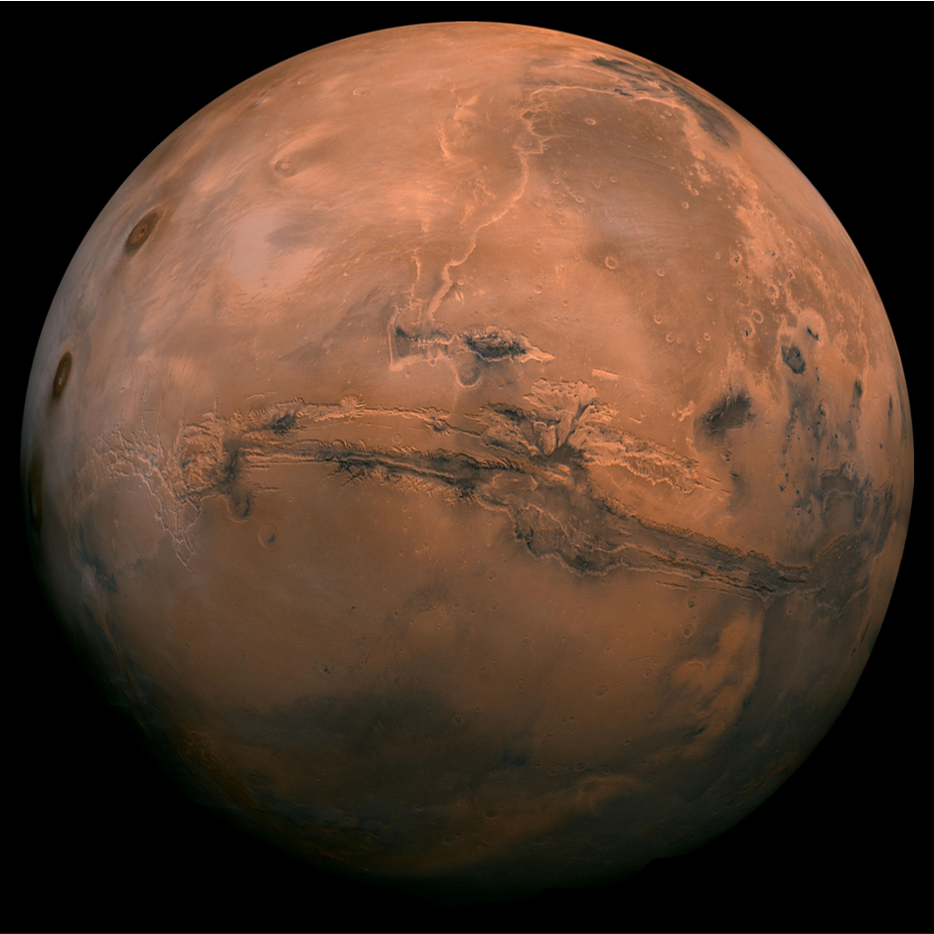
Two of those asteroids strayed too far from the belt were captured by Mars’ gravity and became the natural satellites or moons of the Planet. They were named Phobos and Deimos.
Phobos – the larger of the 2 and Deimos are named after the chariot horses of Greek god of war Ares, and they mean fear and panic respectively. If you ask me, perfect names for companions of Mars – Ares’ roman counterpart.
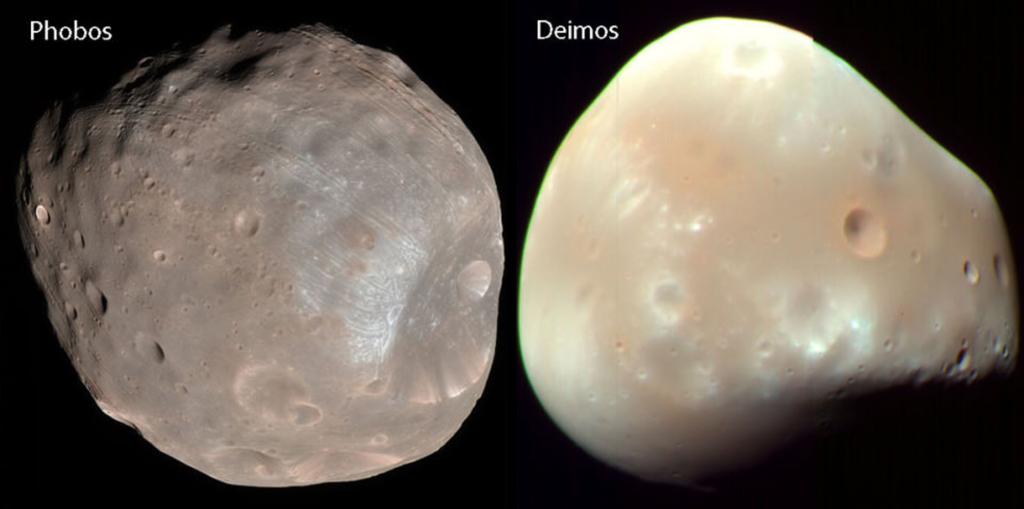
Earth v Mars
In comparison to Earth, Mars is only about half the size by radius and covered in mostly rocks and dust. Its mass is 1/10th the mass of Earth’s and its gravity only 38% as strong.
The differences don’t stop there – the atmospheric pressure is only 0.6% of Earth’s making it impossible to breathe for humans and comprised mainly of CO2 at a staggering 96% with Argon and Nitrogen making up the rest. And importantly, Martians/Martian life is yet to be discovered. But I wonder if humans are ready to discover and cooperate with aliens when collaborating amongst ourselves.
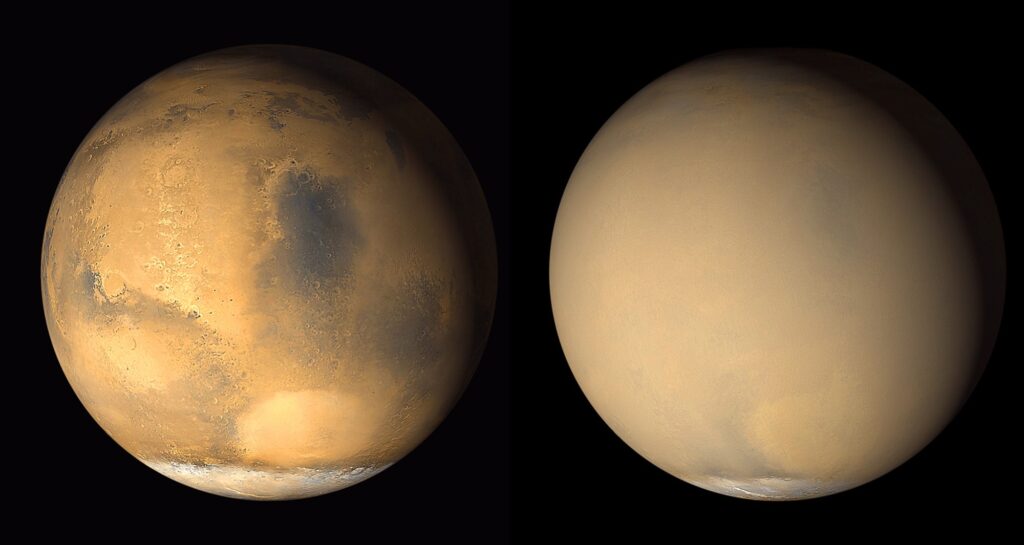

Despite Mars being an immediate neighbour to Earth, the differences are vast. From weather and climate, to distance from the sun there are countless dissimilarities between the two.
And if you are interested in diving deeper into understanding the Martian environment check out NASA’s day to day weather forecast of Mars and much more at their website: https://mars.nasa.gov/#red_planet/0
Human Settlement on Mars?
A human settlement on Mars is the next major milestone in space exploration and is also a literal out of world solution proposed to combat overpopulation. In today’s world of decreasing birth rate this may not seem like an issue, but for humans as a species, a high birth rate is necessary, nay imperative to continue to thrive and to tackle issues such as ageing and declining population – which already threaten a few countries around the globe. And let’s be honest no one wants a repeat of what happened to the dinosaurs; wiped out by a worldwide mass extinction event.
But going to Mars and establishing even a base comparable to the International Space Station (ISS) is no easy feat, cause at the end of the day the red planet is just that, an environment that is utterly inhospitable for the us, and too far away for frequent maintenance missions similar to the ones that service the ISS.
And yet government space agencies including NASA (USA), ISRO (India), ESA (Europe) and even private ones – notably SpaceX are convinced that Mars can be terraformed to resemble our current environment, to support us who’ve spent the last 6 million years evolving to live on Earth.
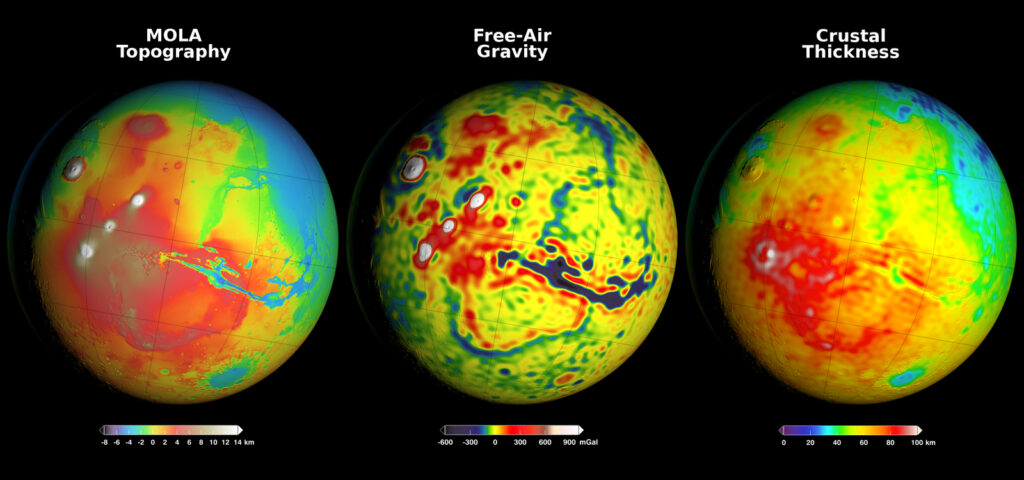

The Mars Exploration missions have the purpose of exploring the planet for resources, studying the conditions of our neighbour. And maybe, just maybe find alien microorganisms that have evolved there to give us an insight into the biological aspects of life on Mars. All in aid of the intermediate goal of a manned mission to establish temporary base. Whether we end up living on Mars or not; progress is never in vain, just useful in a different way.
To Mars and Beyond.
